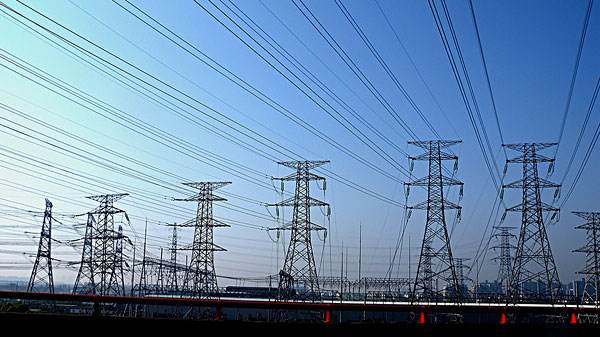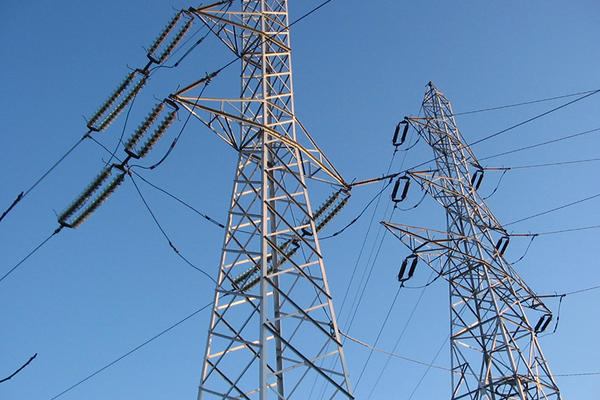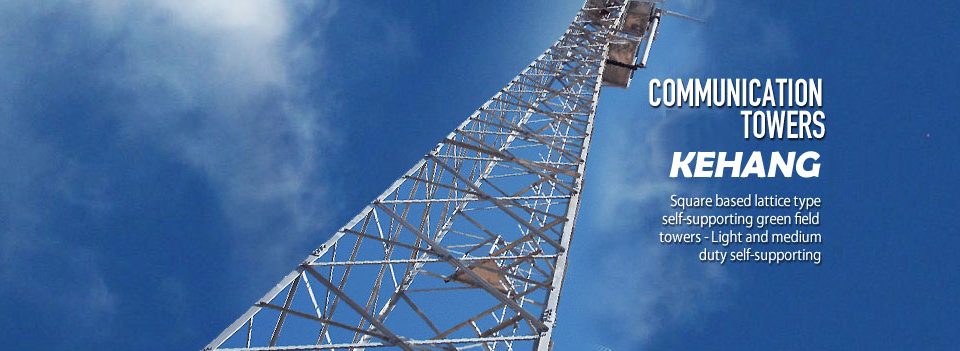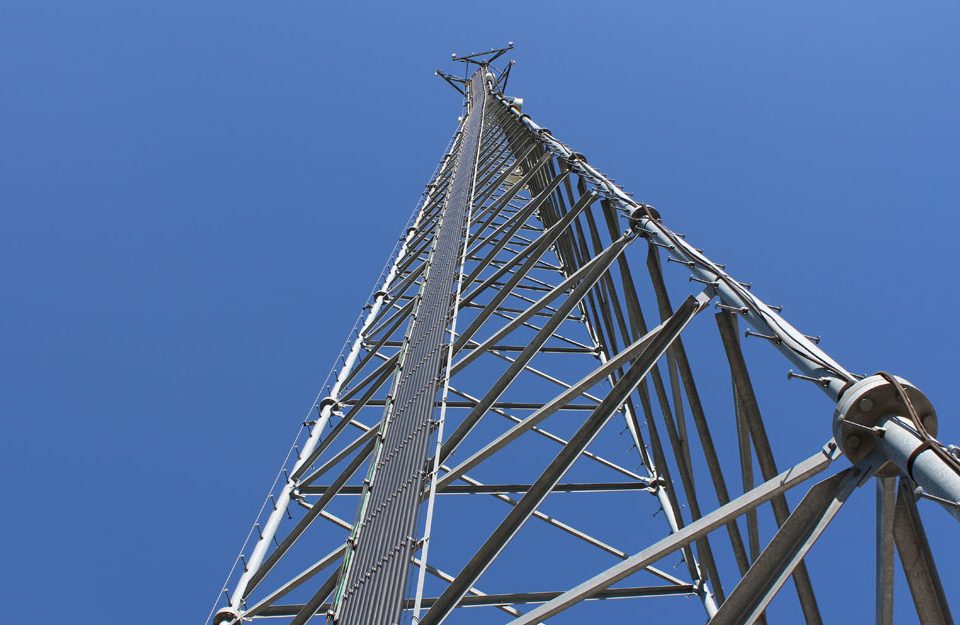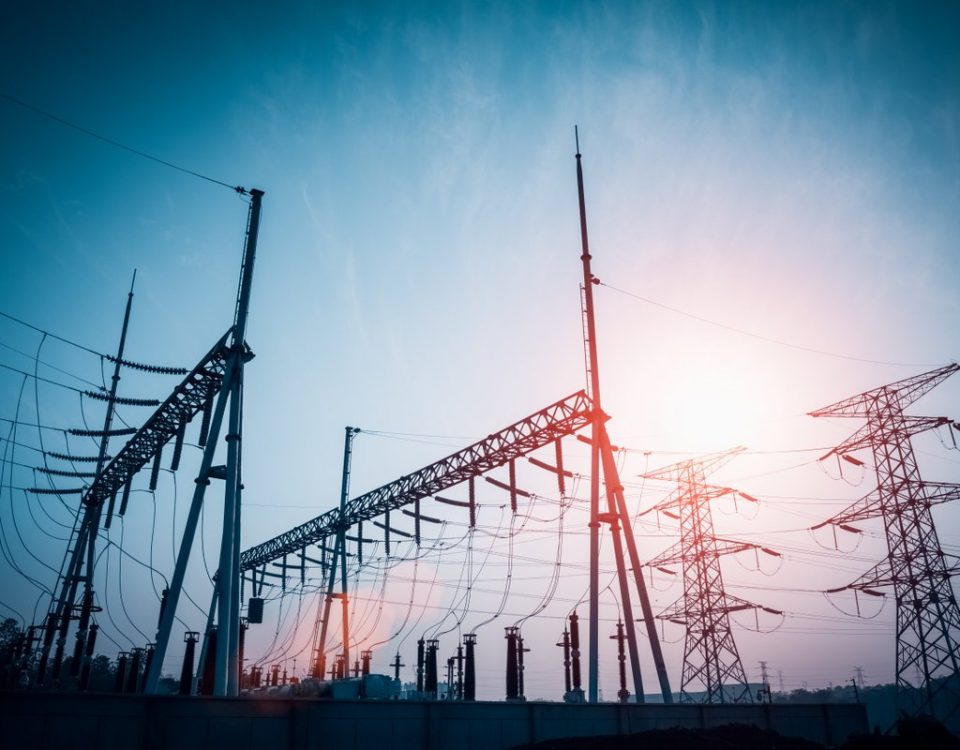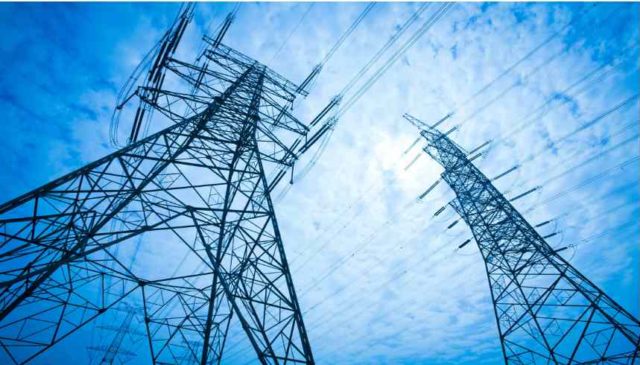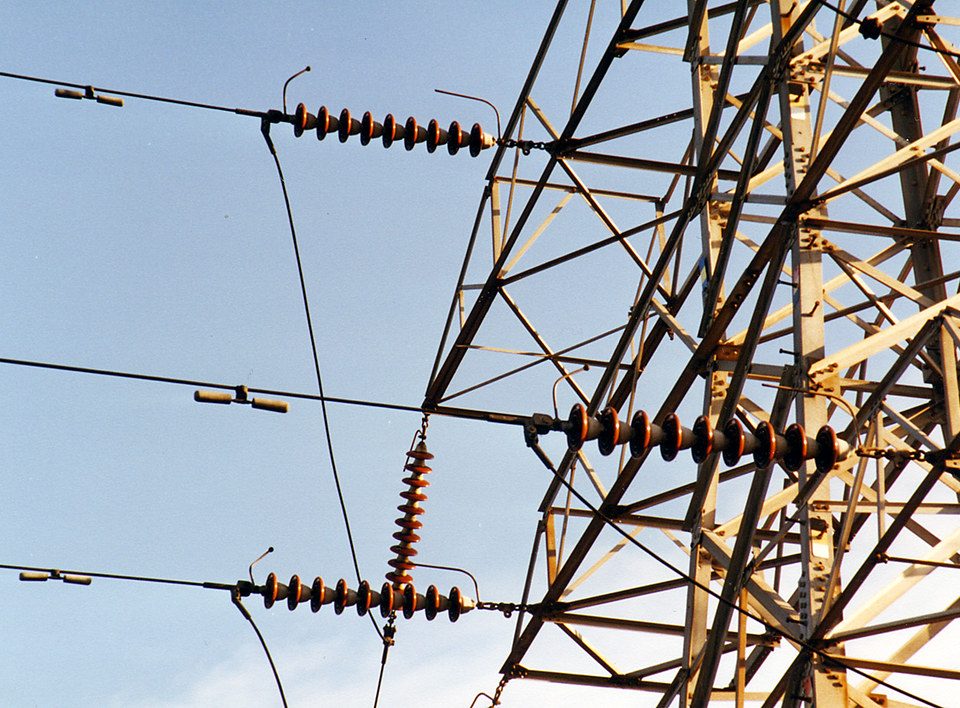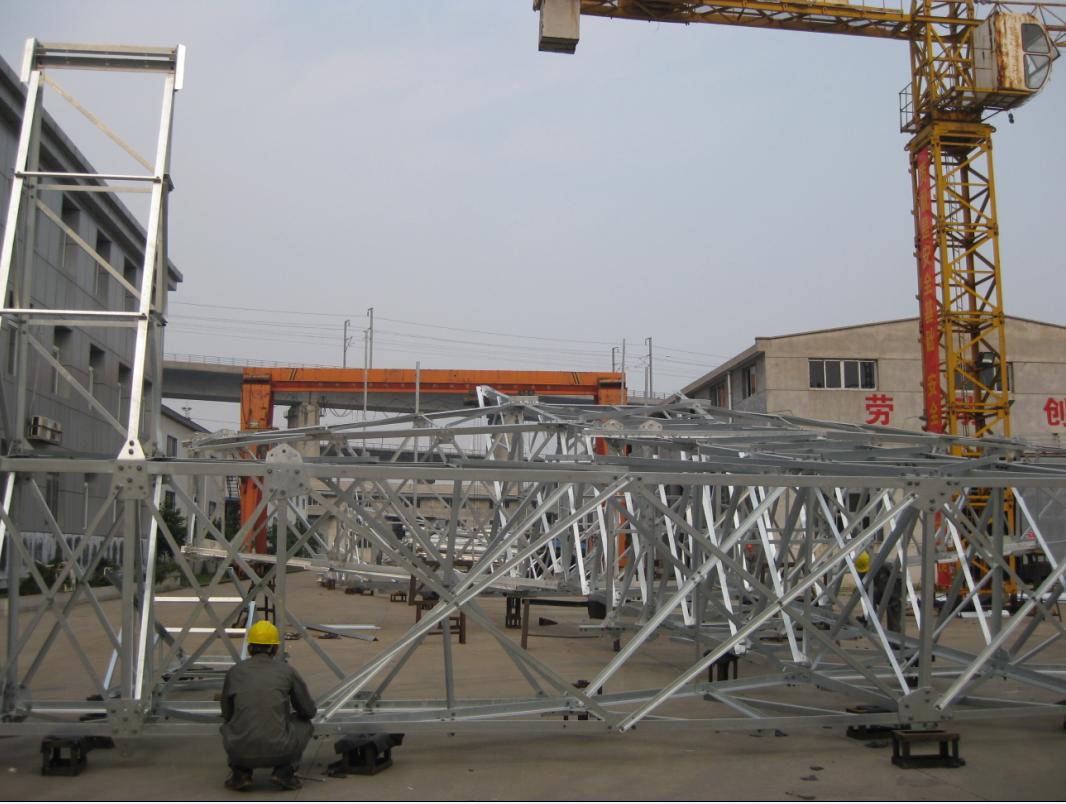
Galvanizing Requirements , 230 kV Transmission line tower, part two
March 26, 2018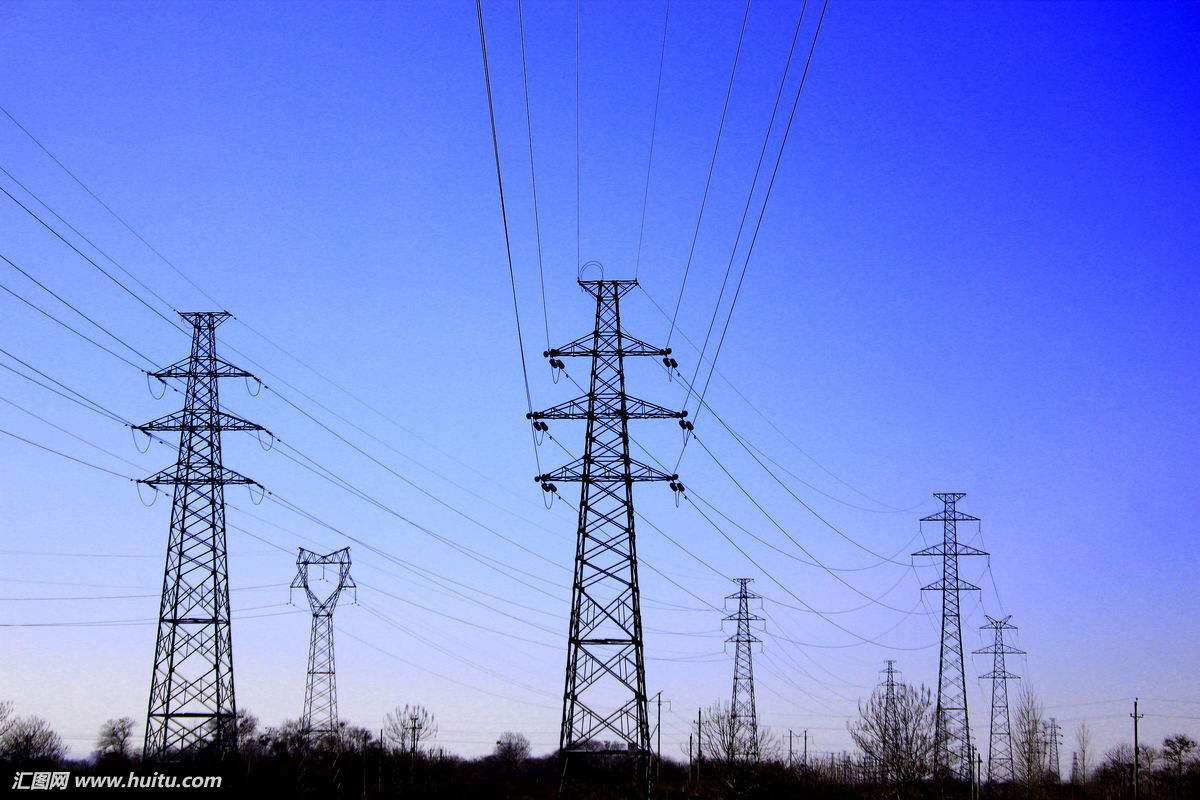
400KV Lattice Steel Tower Design Requirements and Design Spans for Support Locations ,Electric Transmission Line steel
March 31, 2018Types of Transmission Line Towers and Configurations – used erect opgw
B1.5.6 Types of Towers
a) Tower structures shall be of the self-supporting lattice type steel frame with square bases. The general outlines of the towers, the general dimensions, phase spacing, clearances, and the configuration of the conductors and earth wires must be maintained as shown on the Contract drawings. They shall be designed for double circuits as specified and for voltage designated in these Bid Documents. The members of the latticed structures shall be of angle sections. All tower material shall be factory made and entirely galvanized by the hot-dip process.
b) For the 230 kV line three basic types of tower shall be provided as shown on the drawings (A, B & C). Body extensions for every tower shall be in increments of 3 meters with an overall range of 3m to 12m. The basic body height of suspension towers is 20m and of tension towers is 17m.In addition, terminal towers shall be provided at each end of the line and at intermediate substations. The Contractor shall submit all tower outline drawings with his bid.
c) The towers may also be varied in height by the use of individual leg extensions. The extensions shall be in increments of 1 m to 4 m. The Contractor shall determine the definitive requirements regarding the standard length and leg extensions during tower site survey and supply all requirements accordingly.
d) The Contractor shall carefully study the plan and profiles and shall determine the best disposition of the cross beam and the cross arms to obtain the best ground clearance from side slopes of the terrain.
e) The Contractor shall carefully study and examine the tower locations in the plan and profiles and shall consider any condition of uplift on towers as a result of conductor and earth wires loadings and shall provide the appropriate measures in his design and supply to handle the effect thereof.
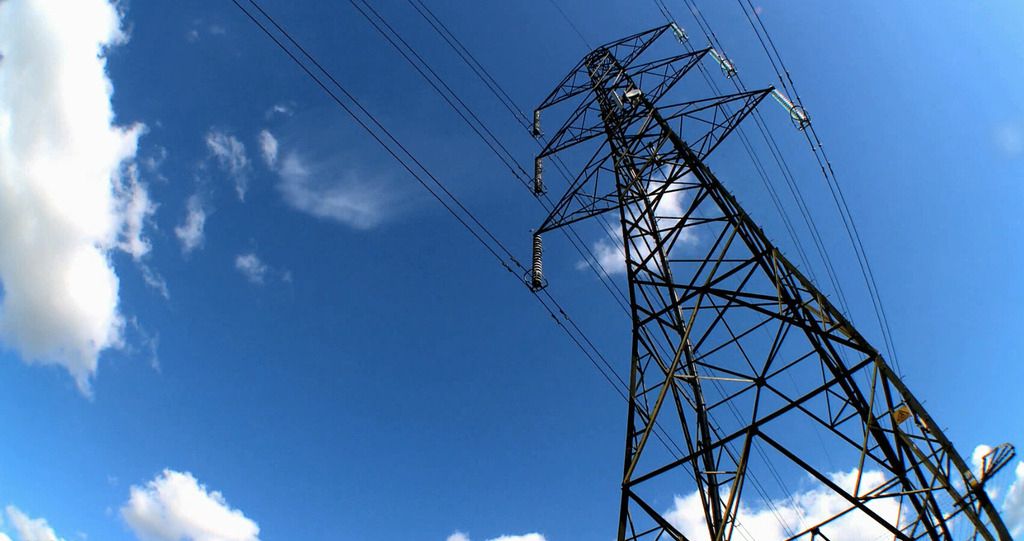
B1.5.7 Configurations
a) The tower configurations shall provide for the limits indicated on the drawings as stated in these Contract Documents. The dimensions shown on the drawings are for guidance only and it is the Contractor’s responsibility to conform minimum clearances to ground, phase to phase and live parts to earthed steelworks are maintained.
b) All cross arms shall be diagonally braced in the horizontal plane between the main arm members.
c) The slope of the legs shall be the same for the component parts (common body, body extension & leg extensions) of each tower type.
d) The towers, excluding the head, shall be symmetrical about both the transverse and longitudinal center lines.
e) The bases of the basic towers and the extensions shall be restrained in the horizontal plane by diagonal bracing or a peripheral truss system.
f) The extensions shall be compatible with and connectable directly to the bottom of the basic tower.
g) Individual leg extensions shall be compatible with and directly connectable to any leg position of th
e basic tower and to all the extensions of a particular type of tower.
h) All extensions shall be capable of accommodating the different types of footings and shall be such that the fully extended towers shall comply with all the specific requirements of the basic tower.
i) Tower hinges shall be used for the attachment of the insulators. Therefore, conductor and earth wire attachments shall be provided as required by their respective towers. All attachments shall be considered part of their respective basic towers and shall be supplied as integral parts of them. Suspension towers shall have brackets suitable for the attachment of insulator strings associated with suspension conductor assemblies. The tension and dead-end towers shall have brackets suitable for the attachment of insulator strings associated with dead-end conductors’ assemblies.
j) Additional maintenance brackets on suspension beams and additional inner and outer tension points at each tension beam shall be provided for use during stringing and maintenance operations. On tension beam spare holes are to be provided so that in combination with swivel bolts or shackles they provide mountings for stringing pulleys.

